Introduction of Wall Unit
A wall unit is a multifunctional furniture system that merges storage, display, and design into a single installation. It bring togther cabinets, shelves, drawers, and even built-in electronics in one cohesive piece. Whether you’r revamping a small apartment or redesigning a spacious family room, a wall unit can dramtically reshape how your room looks and functions.
This smart furniture piece can be the transformatin element in your interior design, combining efficiency, elegance, and personalization at scale.
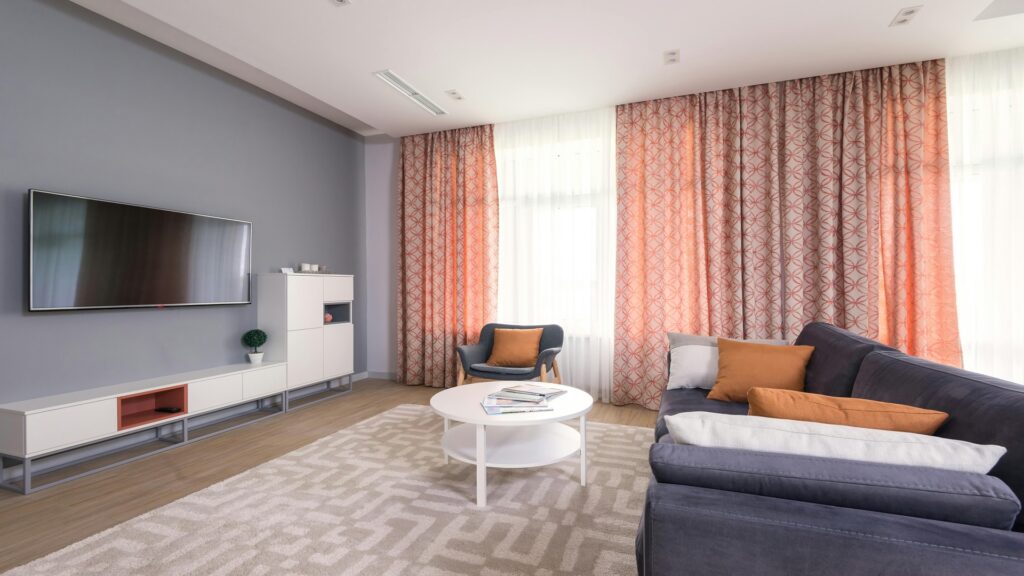
What Is a Wall Unit?
Definition and Core Components
A wall unit is typically a large furniture system designed to occupy a whole wall or a significant part of it. It can be free-stnding or built-in, modular or custom. Core components often include:
- Cabinets: Closed storage for hiding clutter
- Shelves: Open display for books, décor, or collectibles
- Drawers: Concealed storage for small items
- Integrated TV/Media Center: A designated spot for entertainment equipment
- Lighting: LED strips or spotlights that highlight displays
- Additional Modules: Desks, wardrobes, wine racks, or bar areas
Types of Wall Units
Wall units come in various styles:
- Modular – Configurable systems that allow for combination and rearrangement.
- Built‑in – Permanently installed for seamless integration with walls.
- Freestanding – Moveable pieces that mimic built‑in styling.
- Entertainment‑focused – Centered around TVs, speakers, and gaming consoles.
- Hybrid – Blends storage and work zones (e.g., office + media).
Each type suits different needs, spaces, and budgets.
Materials and Finishes
Wall units can be crafted from a variety of materials, such as:
- Solid wood: Oak, walnut, pine – durable and timeless
- Engineered wood / MDF: Cost-effective, smooth finishes
- Metal: Sleek industrial look, often with steel or aluminum accents
- Glass: For display sections, it lends airiness
- Laminate / Veneer: Affrdable choice with woodgrain or colored finishes
Mixing materials (e.g., wood + glass) can add depth and visual interest.

Benefits of a Wall Unit
Installing a wall unit delivers a wide range of advantages. Let’s break them down in detail:
- Space Optimization:
Especially valuable in smaller homes, vertical storage capitalizes on wall space and frees up floors. - Custom Storage Solutions:
Units can be tailored—height, depth, and spacing of shelves are all customizable. - Aesthetic Appeal:
From modern minimlism to rustic charm, a wall unit can define your room’s style. - Multi‑functionality:
Serve as a TV center, bookshelf, home office, or bar—all in one piece. - Clutter Control:
Hidden cabinets can conceal gadgets, cables, and documents, keeping the living space tidy. - Added Value:
Well-crafted, built-in units can increase property appeal and resale value. - Room Cohesion:
A unified wall unit ties togethr color, texture, and function across a living space.
As trends continu to favor functional beauty, the wall unit remains a top pick among homeowners and designers.
How to Use a Wall Unit Effectively
Creating the ideal wall unit requires thought, planning, and strategy. Here’s a detailed roadmap:
1. Assess Your Needs and Goals
Start by answering key questions:
- What purpose will the wall unit serve? (Storage? TV? Workspace?)
- What items need homs—books, media, decor, office supplies?
- Who will use it—kids, adults, multiple users?
- Do you need flexibility (modular) or permanence (built-in)?
2. Measure and Sketch
Precise planning is crucial:
- Measure wall height, width, and thus potential footprint.
- Note surrounding features—doors, windows, power outlets, vents.
- Sketch a layout indicating zones (e.g., where the TV sits vs. bookshelves).
3. Choose Design & Style
Consider these design elements:
- Scale & Proportion: Ensure the unit looks balanced, not too bulky.
- Material Palette: Match or contrast with flooring/walls/furnitur.
- Color/Finish: Light tones brighten small spaces; dark tones add drama.
- Hardware & Details: Handls, molding, trimming—consider style alignment.
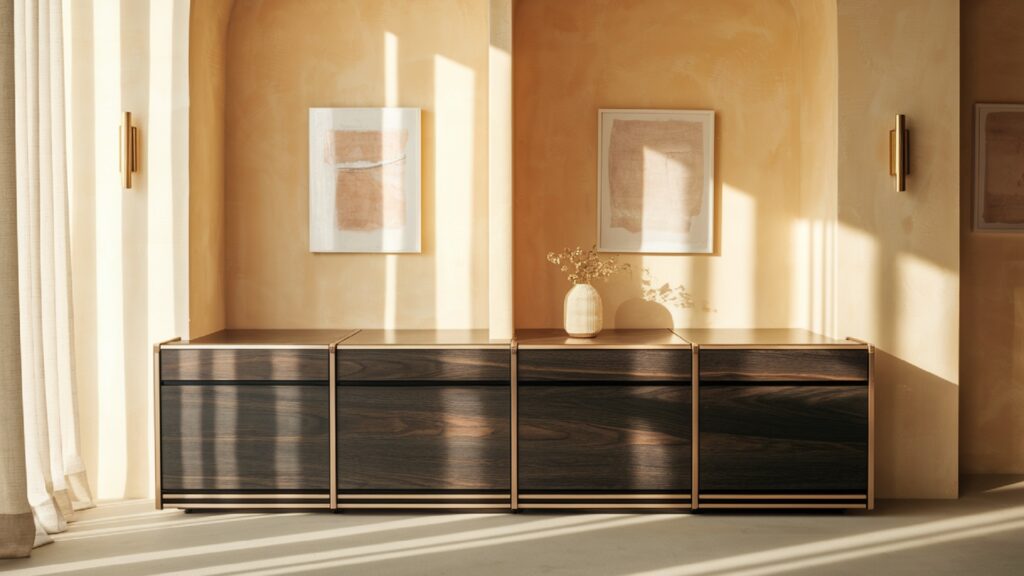
4. Plan Lighting
σωFunctional and dramatic lighting matters:
- Add LED strips under shelves for ambiance.
- Include spotlights for display areas.
- Task lighting if you integrate a desk or reading nook.
5. Organize Storage Zones
Divide the unit thoughtfully:
- Closed cabinets hide unsightly items.
- Open shelving displays art, books, or photos.
- Designate drawers for remotes, cables, or office tools.
6. Handle Electronics & Cables
Integrate tech neatly:
- Use cut-outs/back panels for cable routing.
- Built-in charging stations.
- Include ventilation for media equipment.
7. Final Touches
Add personality:
- Incorporate live plants or books for texture.
- Use decorative bins or baskets in lower shelves.
- Rotate décor pieces seasonlly to freshen the look.
For more organization inspiration, see our home storage guide and explore modular designs like those from IKEA.
Common Mistakes People Make with Wall Units
Designing or purchasing a wall unit can be exciting, but it’s also easy to get it wrng. Let’s break down the most frequent mistakes so you can avoid them completely.
1. Improper Measurements
One of the most common (and costly) mistakes is inaccurate measuring.
- Not accounting for ceiling height or baseboards
- Forgetting to measure the door swing or window placement
- Ignoring power outlet or vent locations
Tip: Always measure the full wall and surrounding elements. Use masking tape to visualize the layout on the wall before installation.
2. Overstuffing the Unit
A wall unit should create harmony, not clutter.
- Too many items on open shelves can look messy
- Displaying random items with no theme makes it feel chaotic
Tip: Use the 70/30 rule—70% function, 30% style. Leave negative space for visual relief.
3. Ignoring Cable Management
Cords dangling down the sides of your wall unit can completely ruin its appearance.
- TVs, gaming consoles, and sound systems all require discreet cable routing
- Forgetting this makes a beautiful setup look sloppy
Tip: Choose units with built-in cable management or add cable raceways to conceal wires.
4. Choosing the Wrong Style
Not all styles match your interior. For example:
- Glossy white units might clash with rustic decor
- Heavy, dark wood could overpower a small or minimalist room
Tip: Match your wall unit’s materials and color palette to your space’s existing tone and furnishings.
5. Poor Lighting Planning
Lighting is often overlooked but can make or break your wall unit.
- Too little lighting leads to dark, unused shelves
- Overly bright LEDs can cause glare or be harsh on the eyes
Tip: Use soft LED strips under shelves or install dimmble lights for ambiance.
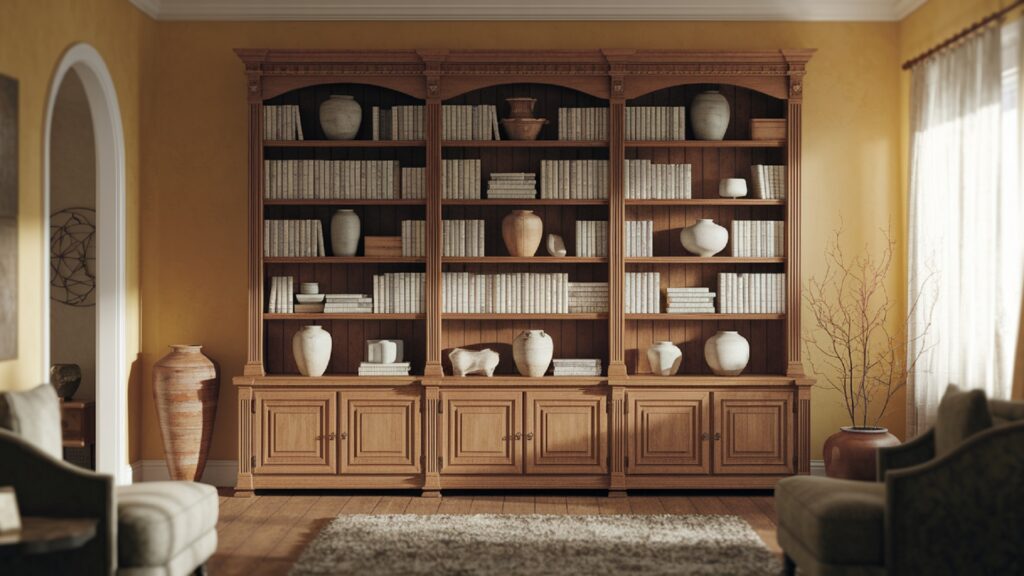
Design Variations of Wall Unit
Wall unit design continues to evolve. Personalization and flexibility are the leading trends.
Minimalist Wall Units
These units feature:
- Clean lines
- Push-to-open doors (no handles)
- Neutral tones (white, grey, light wood)
Perfect for Scandinavian or Japandi-styled spaces.
Industrial Wall Units
Combines:
- Matte black metal framing
- Open wooden shelves
- Exposed screws and bolts
Fits lofts, modern offices, and edgy urban homes.
Boho Chic Units
Emphasizes:
- Natural wood
- Rattan inlays or macramé accents
- Layered textiles and eclctic décor
Ideal for warm, eclectic rooms.
Built-in Media Walls
Often customized to include:
- A flush-mounted TV
- Soundbar integration
- Ambient lighting
- Bookshelves and closed storage
Perfect for media rooms and tech-savvy homes.
Home Office Wall Units
Work-from-home trends have made this version highly desirable. These units include:
- Fold-out desks
- Printer shelves and filing drawers
- Cork boards or whitebords built into the wall paneling
They maximize productivity without sacrificing style.
Installation Tips for Wall Units
Whether you DIY or hire a professional, installation is a crucial step. Here’s how to do it right.
Pre-Installation Checklist
- Check wall type (drywall, concrete, brick)
- Locate wall studs (for anchoring)
- Ensure the floor is level
- Prep tools: drill, level, measuring tape, screwdriver
Step-by-Step Overview
- Mark the Wall
Use a level to draw guides on the wall to align your base units. - Install Base Units First
Begin with the bottom components to set a foundation. - Attach Wall Brackets and Support Frames
These ensure your unit stays secure and balanced. - Stack Upper Units
Carefully align each section and secure with hardware. - Add Finishing Elements
Doors, shelves, lighting, and dcorative trim come last.
Safety Tips
- Use anchors if attaching to drywall
- Never overload shelves beyond the weight limit
- Secure top-heavy units to prevent tipping
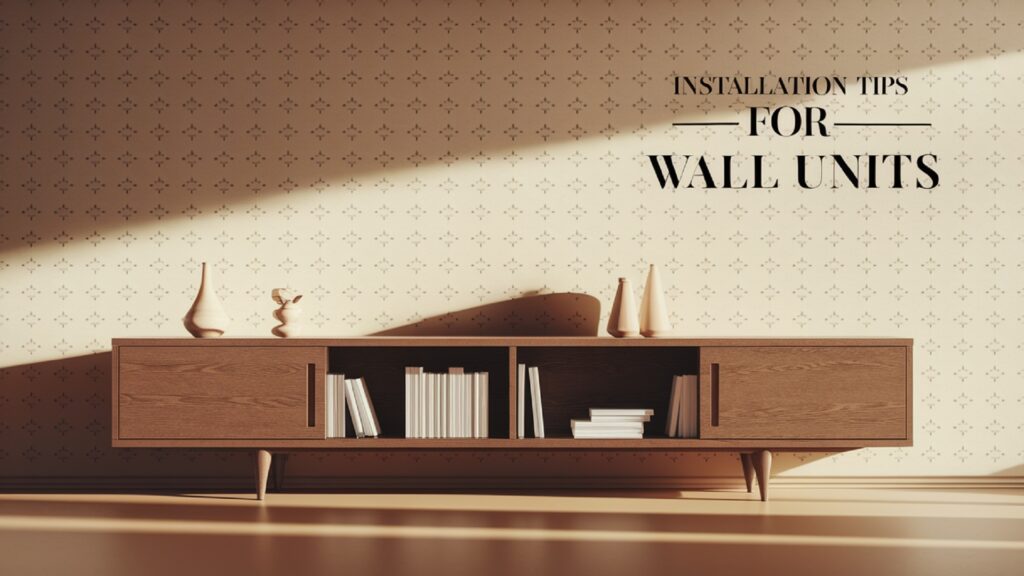
Maintenance and Upkeep of Wall Unit
Wall units, like any piece of furniture, require regular maintenance.
Cleaning
- Wood: Dust weekly using microfiber cloths. Use furniture polish monthly.
- Glass: Use streak-free glass cleaner.
- Laminate: Wipe with a damp cloth. Avoid excess water.
Preventing Damage
- Use coasters under décor pieces to prevent scratches
- Avoid placing hot or wet items directly on surfaces
- Use drawer liners to reduce interir scratches
Seasonal Updates
Re-decorate every few months:
- Rotate books or decorative pieces
- Add new artwork or framed photos
- Incorporate greenery (real or faux) for a fresh feel
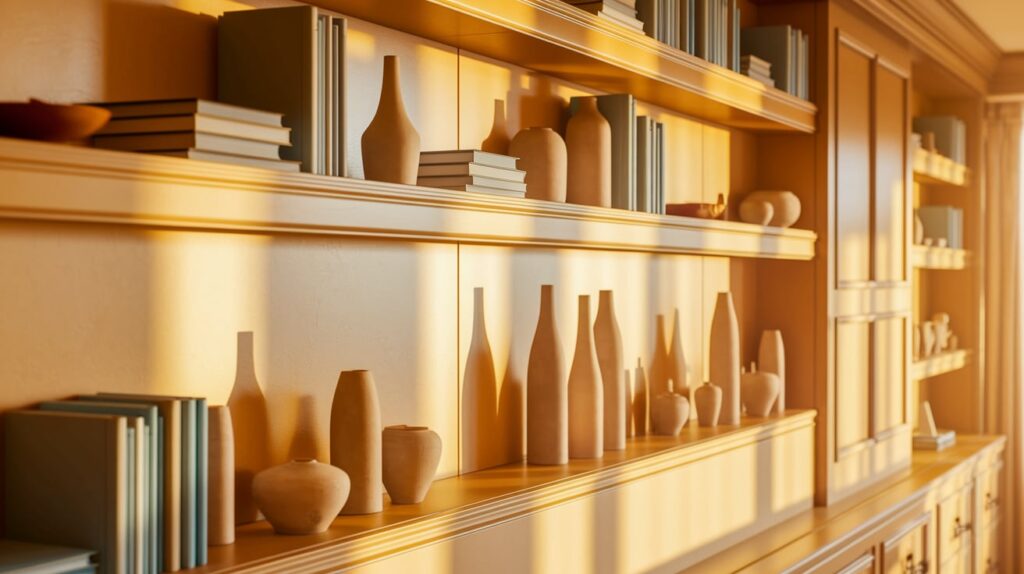
Case Study: Real-Life Wall Unit Transformations
Case Study 1: From Cluttered to Curated
Before: A family living room filled with separate bookshelves, a basic TV stand, and random décor.
Solution: A custom wall unit with:
- Integrated TV and surround sound system
- Bookshelves on both sides
- Concealed cabinets for toys and remotes
- Spotlights for art pieces
Result: A cohesive, calming space with everything in its place.
Case Study 2: Compact City Apartment
Challenge: A 500 sq ft studio in NYC with zero storage.
Wall Unit Approach:
- Floor-to-ceiling unit with wardrobe, fold-down desk, and TV
- Slide-out dining tray built into shelving
- Modular open and closed sections for flexible use
Result: The tenant saved over 30 sq ft of space while upgrding style and functionality.
Advanced Styling Tips for Your Wall Unit
Now that we’ve explored the practical side of wall units, let’s focus on aesthetics. A wall unit should look as good as it functions. These advanced styling tips will help you elevate your space and make your wall unit a visual centerpiece.
1. Create a Focal Point
Don’t overcrwd the entire unit with décor. Pick a section—often the central shelf or space above the TV, and build a focal point.
Suggestions:
- A large framed art piece
- A sculptural vase or figurine
- A bold plant like a fiddle-leaf fig
This draws the eye and gives the wall unit a visual anchor.
2. Group Items in Threes
Professional stylists swear by the “rule of three.” Group small décor items (books, candles, vases) in odd numbers for a natural look.
Tip: Mix different heights, textures, and materials for dimension.
3. Color Coordinate
Think of your wall unit as a mini-gallery. A coordinated color scheme keeps it from looking chaotic.
Examples:
- Neutrals with pops of gold or green
- Black, white, and wood tones for modern contrast
- All-wood with warm terracotta accessories for a cozy feel
You can also coordinate books by spine color or remove dust jackets for a minimalist tone.
4. Add Greenery
Plants add life to any wall unit. It is a tall snake plant in a bottom cubby or trailing pothos from the top shelf; greenery softens hard lines.
Bonus: Many plants help purify the air, too!
5. Mix Closed and Open Storage
Balance is key. Too much open shelving can lead to clutter, while all-closed storage can feel heavy and uninspird.
Tip: Use closed cabinets for practical storage and open shelves for style.
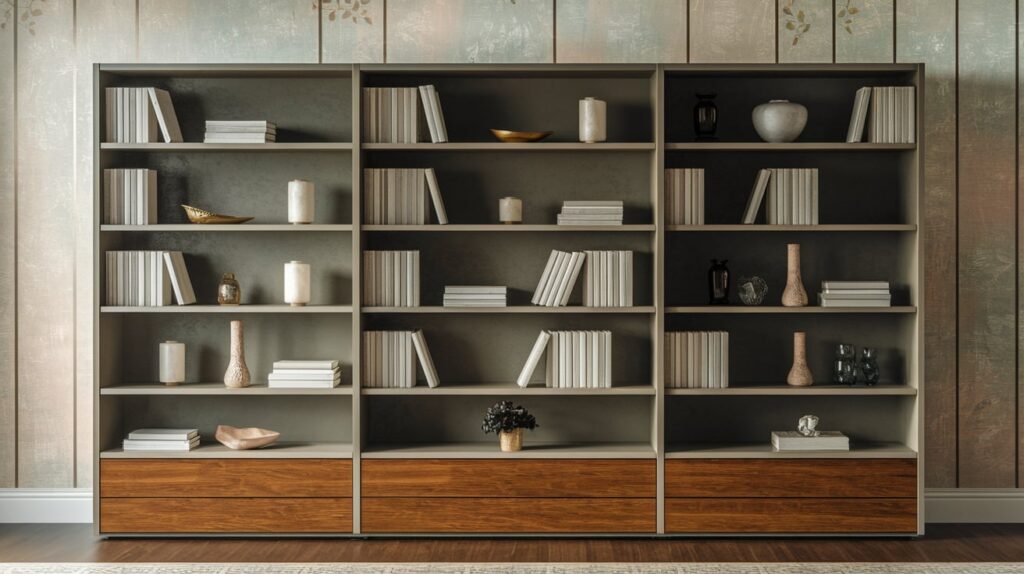
Top Trends in Wall Unit Design
As we move further, wall unit trends are reflcting larger shifts in interior design toward sustainability, adaptability, and personaliztion.
✅ Trend 1: Floating Wall Units
Floating units are mounted directly to the wall without touching the floor. They create a light, modern look and are great for small spaces.
Why it works: It makes rooms feel bigger and enhances minimalist designs.
✅ Trend 2: Built-In Work Zones
Hybrid living is the new normal. Wall units with integrated desks, cable routing, and document storage are trending.
Why it works: Saves space while making remote work stylish and organized.
✅ Trend 3: Eco-Friendly Materials
Sustainable wood, bamboo panels, reclaimed timber, and non-toxic finishes are gaining popularity.
Why it works: Appeals to eco-conscious homeownrs who want style with purpose.
✅ Trend 4: Concealed Tech Integration
Bulky TV stands and visible wires. Wall units now hide routers, consoles, and even speakers.
Why it works: Keeps the space clean and futuristic.
✅ Trend 5: Two-Tone Color Schemes
Mixing contrasting colors—like matte black with natural oak or white with walnut—adds modern flair.
Why it works: It adds visual interest without overwhelming the room.
Expert Tips from Interior Designers
To provide further value, here are insights gatherd from professional interior designers who work extensively with wall units.
“Don’t treat your wall unit like a bookcase—it’s an opportunity to showcase your personality while solving storage challenges.”
— Elena Grant, Residential Interior Stylist
“If you live in a compact space, a custom wall unit will be your best friend. It can store clothes, hide your bed, and still look stunning.”
— Rahul Mehra, Compact Living Specialist
“Lighting is everything. LED strips inside a wall unit can instantly take it from functional to fabulous.”
— Jessica Bloom, Lighting Consultant
These expert touches often make the differnce between a basic installation and a magazine-worthy statement piece.
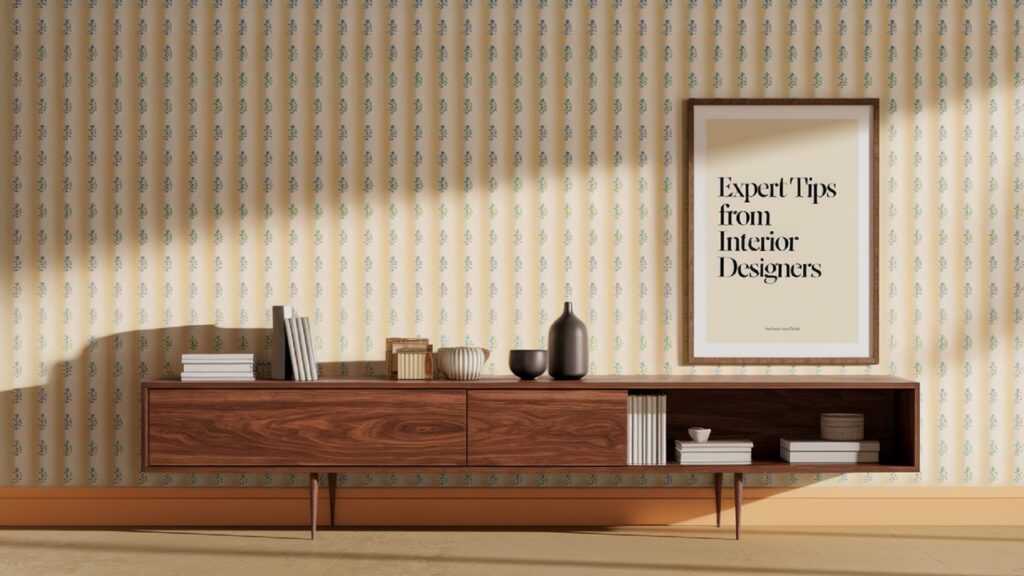
How to Choose the Right Wall Unit for Each Room
Wall units aren’t just for living rooms. Here’s how to tailor your selection by space:
🛋️ Living Room
- Include a media center with cable routing
- Blend open and closed storage
- Style with books, art, and personl items
🛏️ Bedroom
- Use for wardrobe and personal item storage
- Add a built-in headboard or reading nook
- Install mirrored panels to enhance light
🧑💻 Home Office
- Opt for modular units with integrated desks
- Store files, supplies, and devices neatly
- Consider acoustic panels if recrding or video conferencing
👶 Kid’s Room
- Go with colorful or themed designs
- Use lockable drawers for safety
- Include cubbies for toys, books, and schoolwork
🍷 Dining Room
- Turn your wall unit into a buffet or bar
- Add glass doors for showcasing dinnerware
- Include a mini wine fridge or rack
How Wall Units Add Value to Your Home
If you’re wondering whether a wall unit is a smart investment, it is.
1. Increases Resale Appeal
Buyers love smart storage. A well-built wall unit is often sen as a premium feature that adds functionality and polish.
2. Reduces the Need for Extra Furniture
Wall units can replace multiple pieces—TV stand, bookshelf, credenza, or even your desk—freeing up square footage.
3. Enhances Room Definition
In open-concpt homes, a wall unit helps define zones without using walls or partitions.
4. Long-Term Flexibility
Modular units grow with your needs. Add more shelves, convert into a home office, or repurpose for different rooms.
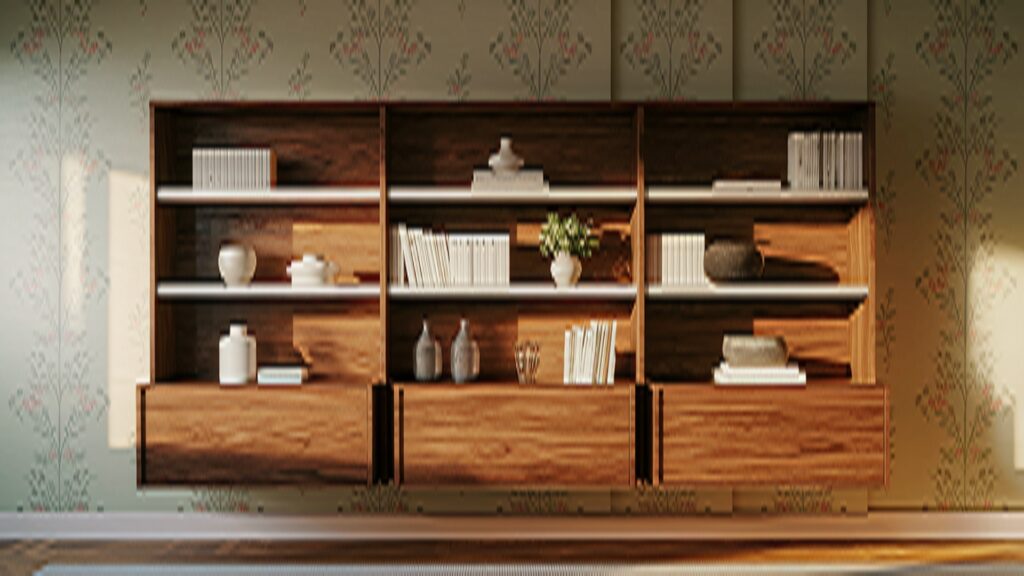
What to Look for When Shopping for a Wall Unit
Before you buy or build, keep these critical factrs in mind:
Build Quality
- Look for strong joinery (dovetail, mortise-and-tenon)
- Check the load capacity of shelves
- Test the door and drawer hardware
Materials
- Choose solid wood for durability
- MDF with veneer for budget options
- Avoid low-grade particleboard for long-term use
Warranty and Assembly
- Opt for brands offering at least a 1-year warranty
- Look for white-glove assembly service if ordering large built-ins
Brand Reputation
Some well-known names in wall unit design include:
- IKEA – Budget-friendly, modular options
- Wayfair – Broad variety of styles
- West Elm – Mid-century modern aesthetics
- California Closets – Custom, high-end solutions
- BoConcept – Europen minimalist styling
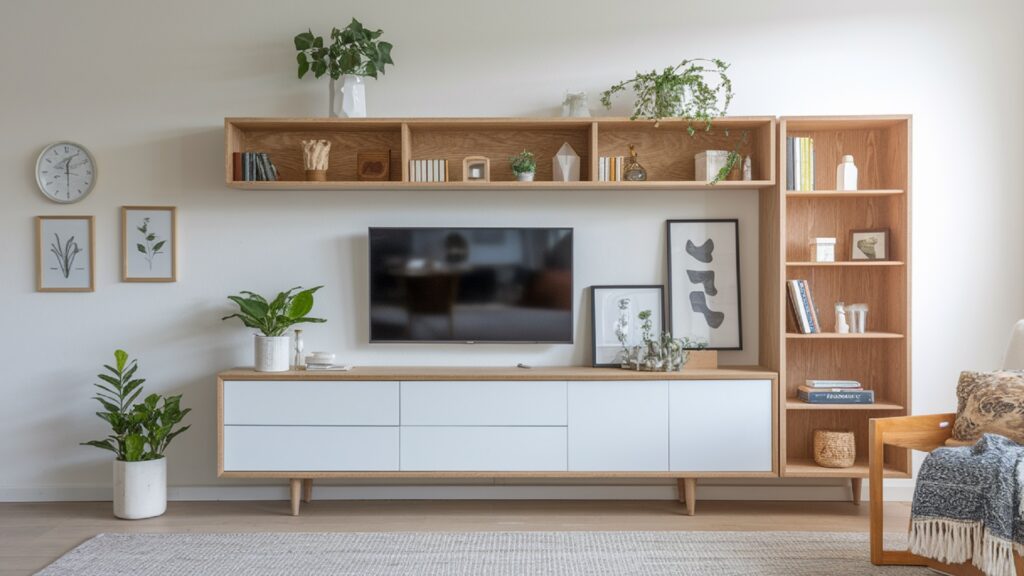
FAQs About Wall Unit
What size wall unit should I get for a small room?
For smaller rooms, choose compact or modular wall units no more than 8–10 feet wide. Keep open shelving minimal and focus on vertical storage.
Can I customize a wall unit?
Yes! Many retailers and custom furniture makers offer complete customization. You can choose the width, height, number of sections, materials, and finish.
What’s the average cost of a quality wall unit?
Prices vary widely:
- Basic modular units: $300–$1,000
- Mid-range built-in units: $1,500–$3,500
- High-end custom wall units: $5,000+
Factors like materils, labor, lighting, and brand influence the cost.
How long does installation take?
For pre-made units, installation takes 1–3 hours. Custom-built-ins may take 1–3 days, depending on size and complexity.
Can a wall unit be moved later?
Freestanding and modular units can be relocated easily. Built-ins are permnent and often cannot be moved without major recnstruction.
Author Remarks:
A wall unit is one of the most versatile and impactful pieces you can introduce into your home. Whether you’r aiming for a sleek minimalist look or a highly functional media center, the wall unit brings togethr style, storge, and sophistication.
By understanding the different types, planning carefully, and avoiding common mistakes, you can make your wall unit the highlight of your living space. Be it modular, freestnding, or built-in, this furniture solution remains a smart investment in modern interior design.
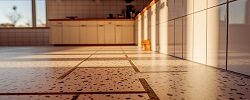
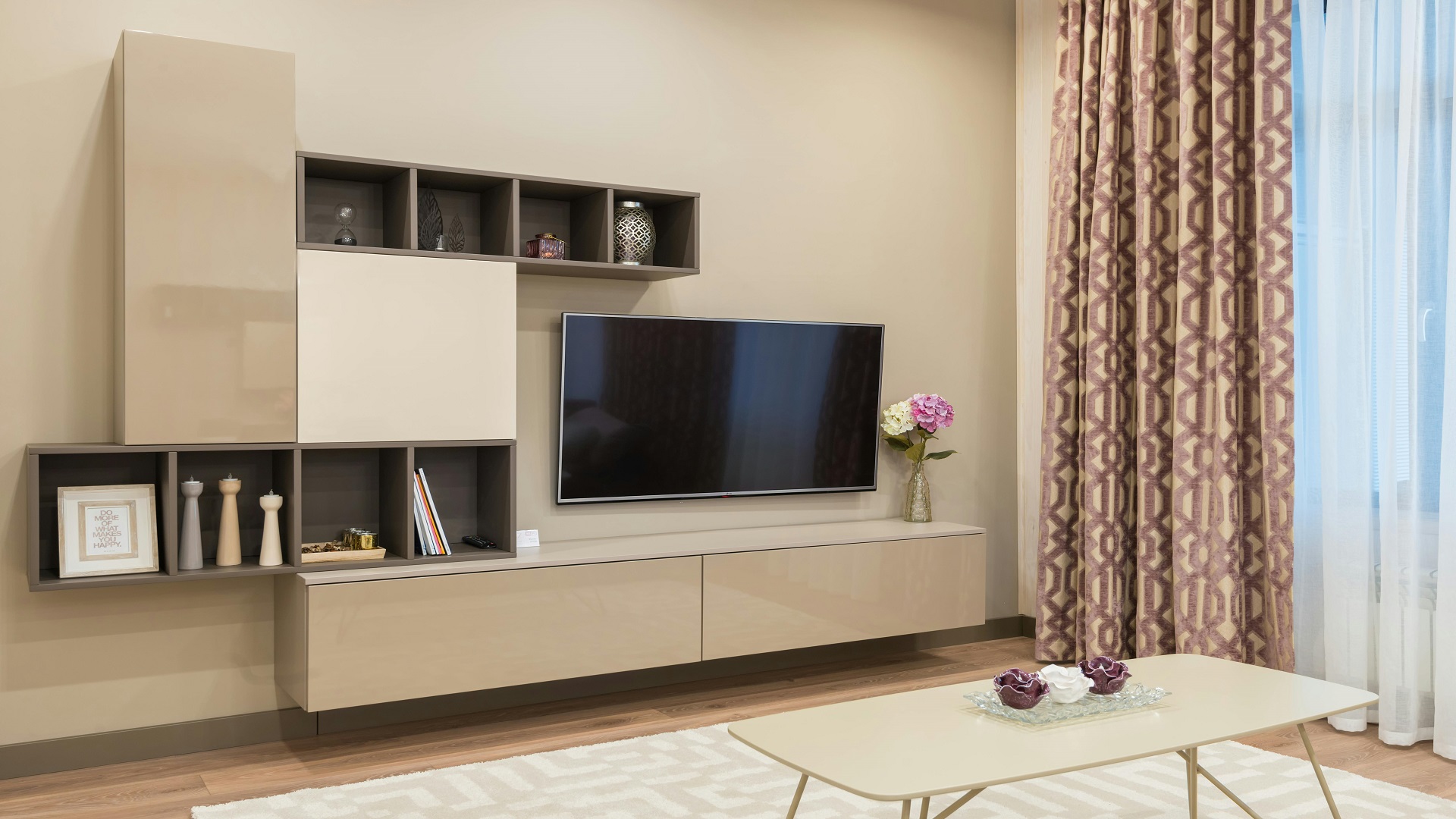
2 Comments